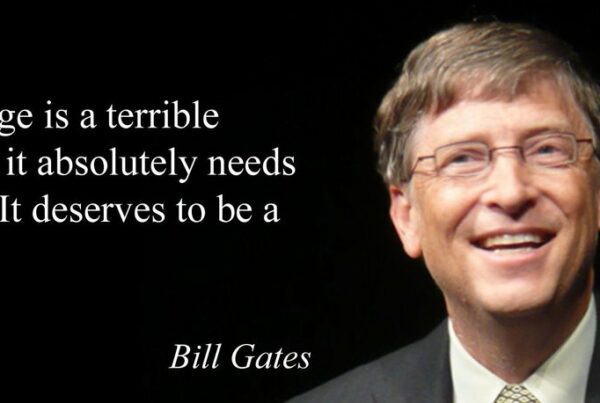In 1988, Paulo Coelho published The Alchemist, a book about following your destiny, and in it, he wrote, “It’s the possibility of having a dream come true that makes life interesting.”
Dreams fuel creative projects and endeavors. The reality is that a million excuses can stand between dreams and fruition without workable strategies and milestones to get started and see it through to completion. In Your Goal Guide, Debra Eckerling offers a roadmap for determining your ultimate dream, goal, or accomplishment, and how to follow a process and establish goals, benchmarks, and tasks to stay on track to completion.
Your Goal Guide presents four sections with corresponding exercises:
Determine Where You Want to Go
This section encourages a productive brainstorming meditation in discovering the life you want within the ideas that roll around in your head — preparing you with the content tools to move forward with a direction and mission.
Exercise 1: GoalTopia – Get potential “GoalTopias” on paper. The first step is to contemplate, “What’s your ultimate dream, goal, or desired accomplishment?” Write the first thing that comes to mind. Repeat this process several times and identify common themes for an “Ultimate GoalTopia.”
Exercise 2: Your Current Biography – Craft high points of the following categories: Employment History; Education, Organizations, Certifications; Successes; Strengths; Challenges; Skills; and Personal Details, into a 150-300 word bio written in third-person perspective.
Exercise 3: Your Future Biography – Develop a future biography that reflects your ideal persona once you reach your yet-to-be-determined destination. Write this biography, envisioning one, three, or five years from now. This will be used for your Trip Map.
Exercise 4: Create Your Mission Statement – This piece is important because it prioritizes near- and long-term goals. A mission statement summarizes goals and values, as well as the driving force behind them.
Exercise 5: Create Your Motto – Create a memorable phrase using five to seven keywords from your mission statement.
Explore Different Destinations
This section is about digging into different possibilities and requires writing, research, and outreach.
Exercise 6: Directed Journaling – A technique that helps you productively work through a concept, decision, or problem by putting your ideas in writing and objectively rearranging to develop the best course of action.
Exercise 7: Common Themes – Read through the first day of your journal entries and note five things that stand out. Repeat this for each journal day. A thread of commonality will assist you in honing actions to take, interests to explore, or lifestyle elements to change.
Exercise 8: Identify Options – Based on your journal entries and notes, make a list of five possibilities that can be done in the service of your theme. Evaluate each of these with explorative questions in an “Options” section of your journal.
Exercise 9: Research – Extensively research the top three options from the previous exercise.
Exercise 10: Select a Destination – Review all of the exercise completed up to this point, and evaluate how each option relates and is aligned to your mission, motto, theme. Ultimately, based on your findings, you should be able to determine your destination.
Brainstorm Your Route
After selecting a destination, it is time to map out how to get there. This includes brainstorming goals, benchmarks, and action items that are necessary to reach the destination.
Exercise 11: Goals Brainstorm – Write down all professional and personal goals — they work together in tandem.
Exercise 12: Organize Professional Goals – Identify long-term goals. Next, organize short-term goals under the appropriate long-term goals. Then add benchmarks under each short-term goal. Finish with adding tasks under each benchmark.
Exercise 13: Organize Personal Goals – This process should follow the same as the professional goals section.
Exercise 14: Priorities – Choose three of the long-term goals that will lead you to GoalTopia, next choose three long-term personal goals. Then zero in again by choosing three short-term personal and three short-term professional goals to tackle to make the long-term goals happen.
Exercise 15: Choose Alpha and Beta Projects – All goals cannot be pursued simultaneously, so for this final step you will need to choose alpha and beta projects — alpha projects take center stage because they are more timely and important to maintain momentum towards GoalTopia.
5 of 7 Rule
Maintaining balance is an important sustaining factor in reaching GoalTopia; therefore, Eckerling recommends working on goals five out of seven days each week. Off -days will nurture an objective top of mind.
Your Goal Guide empowers you to take the first step towards GoalTopia by offering the next steps to do the work and follow-through. Your life is about to get a whole lot more interesting when you put in motion the process to follow your destined path.











